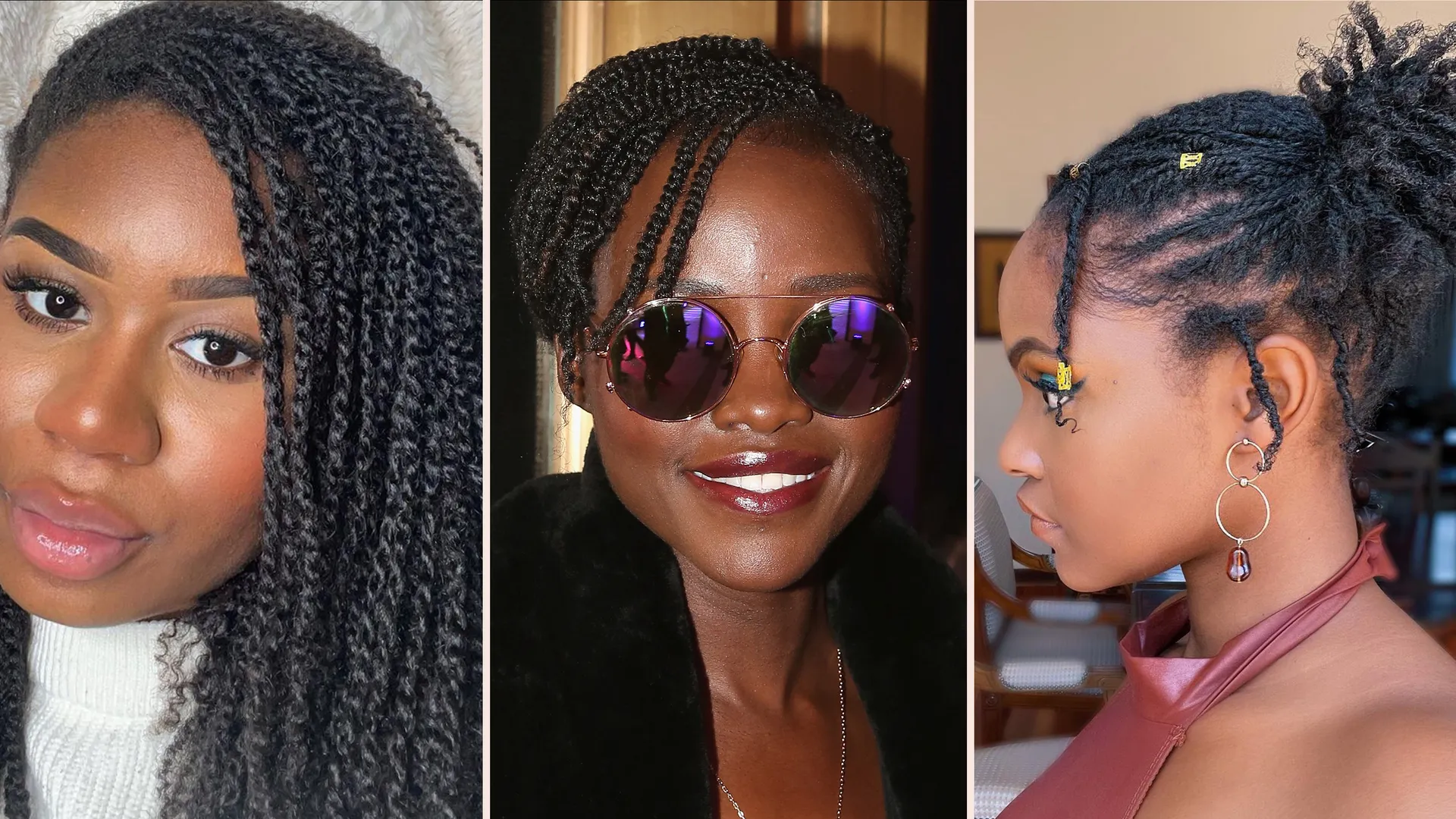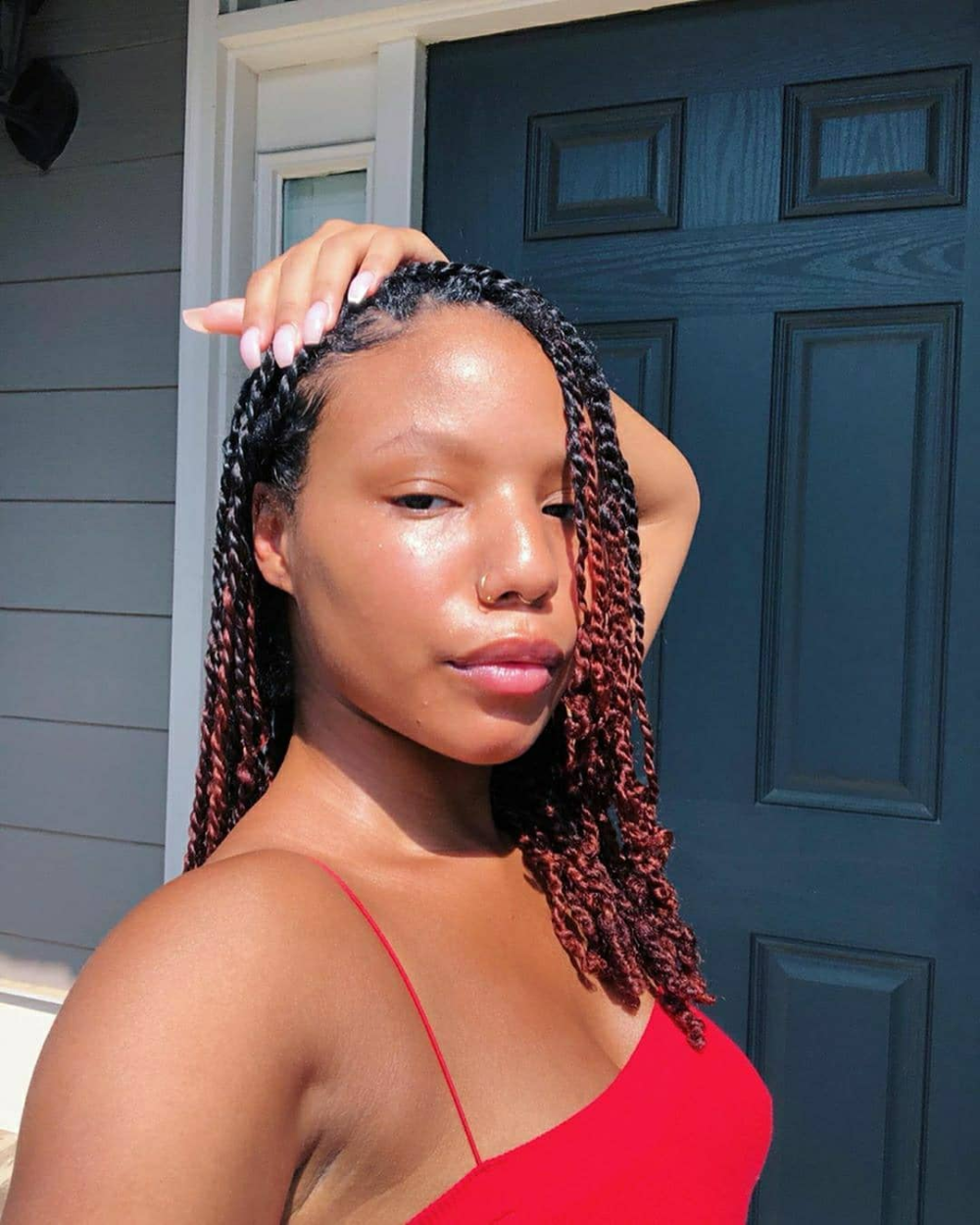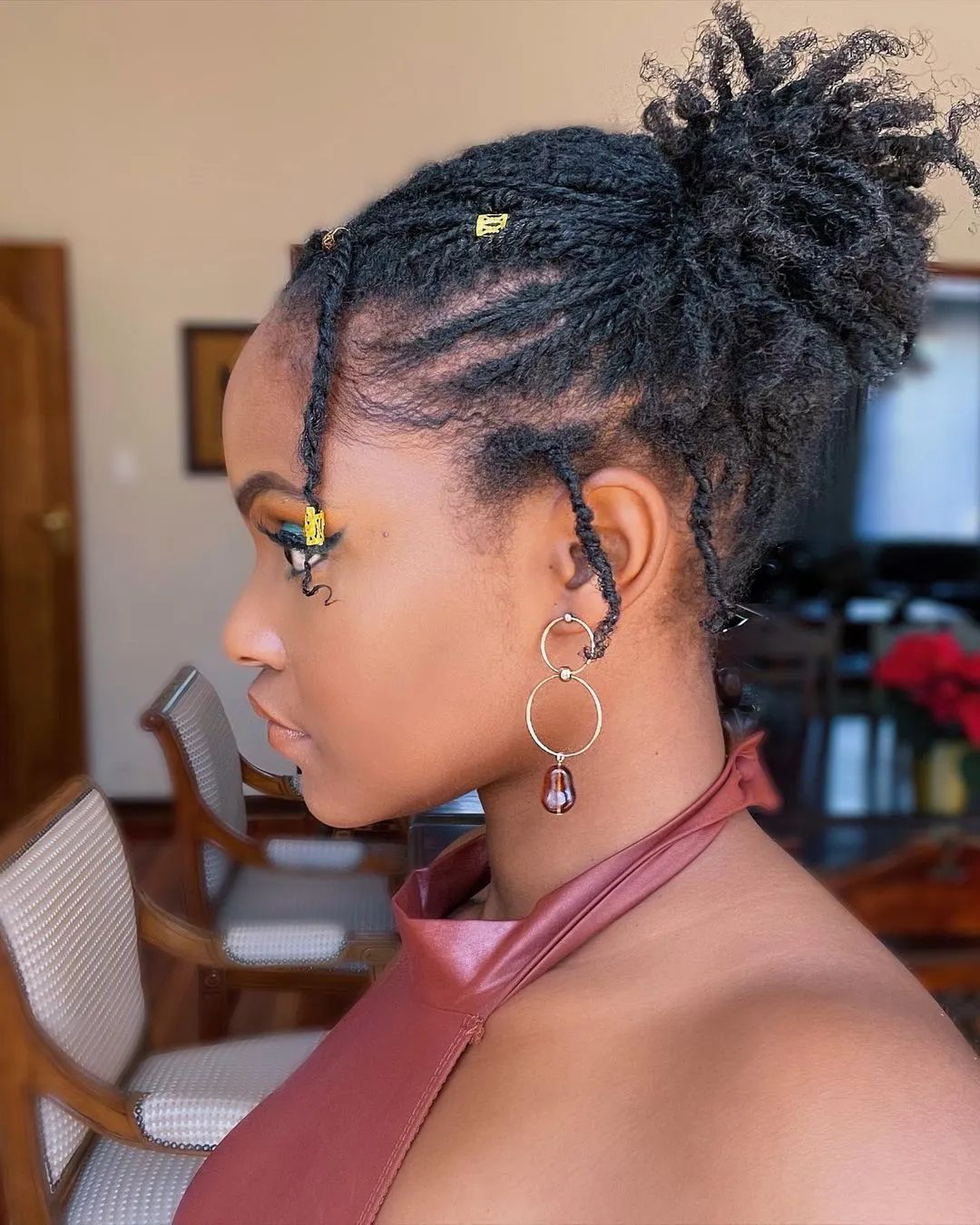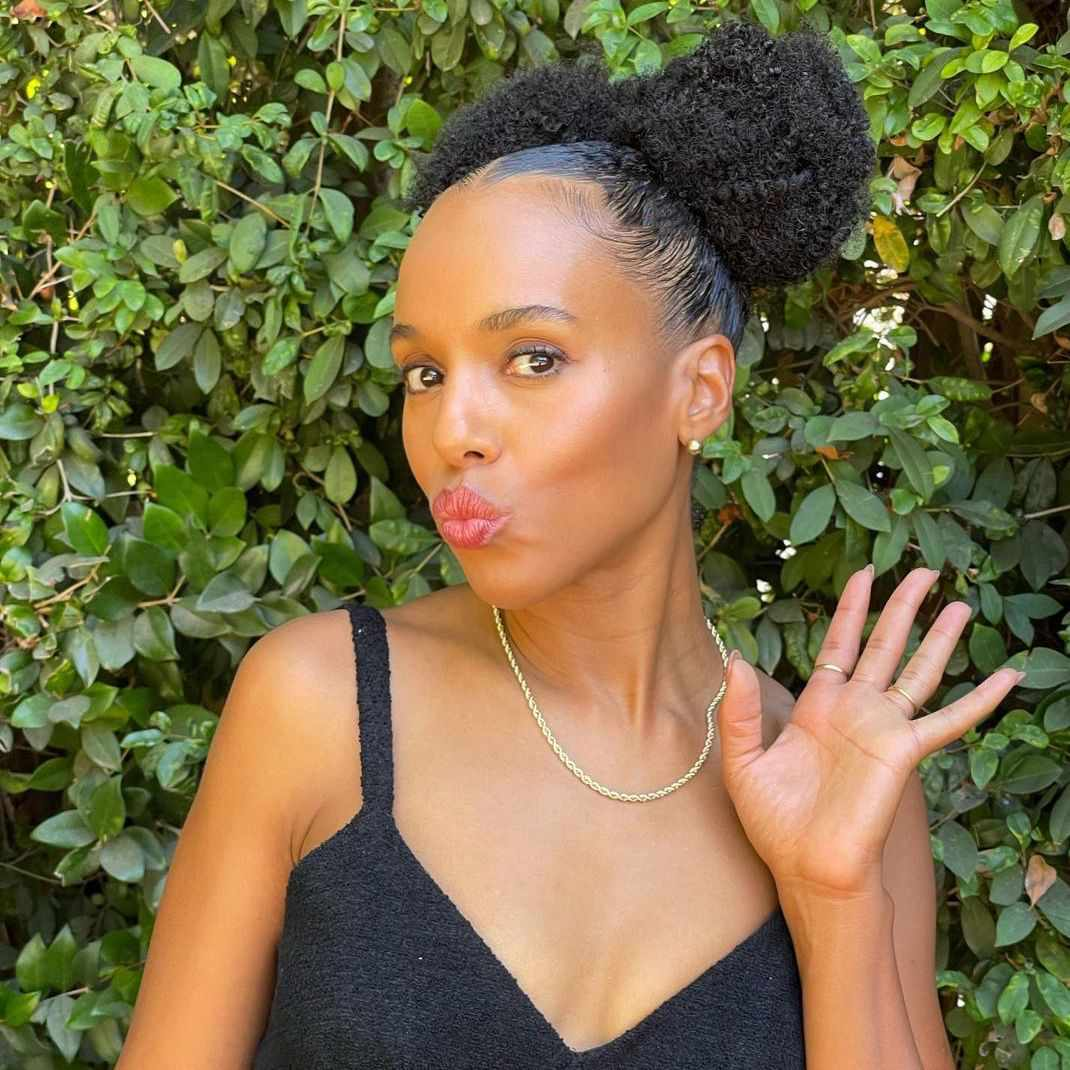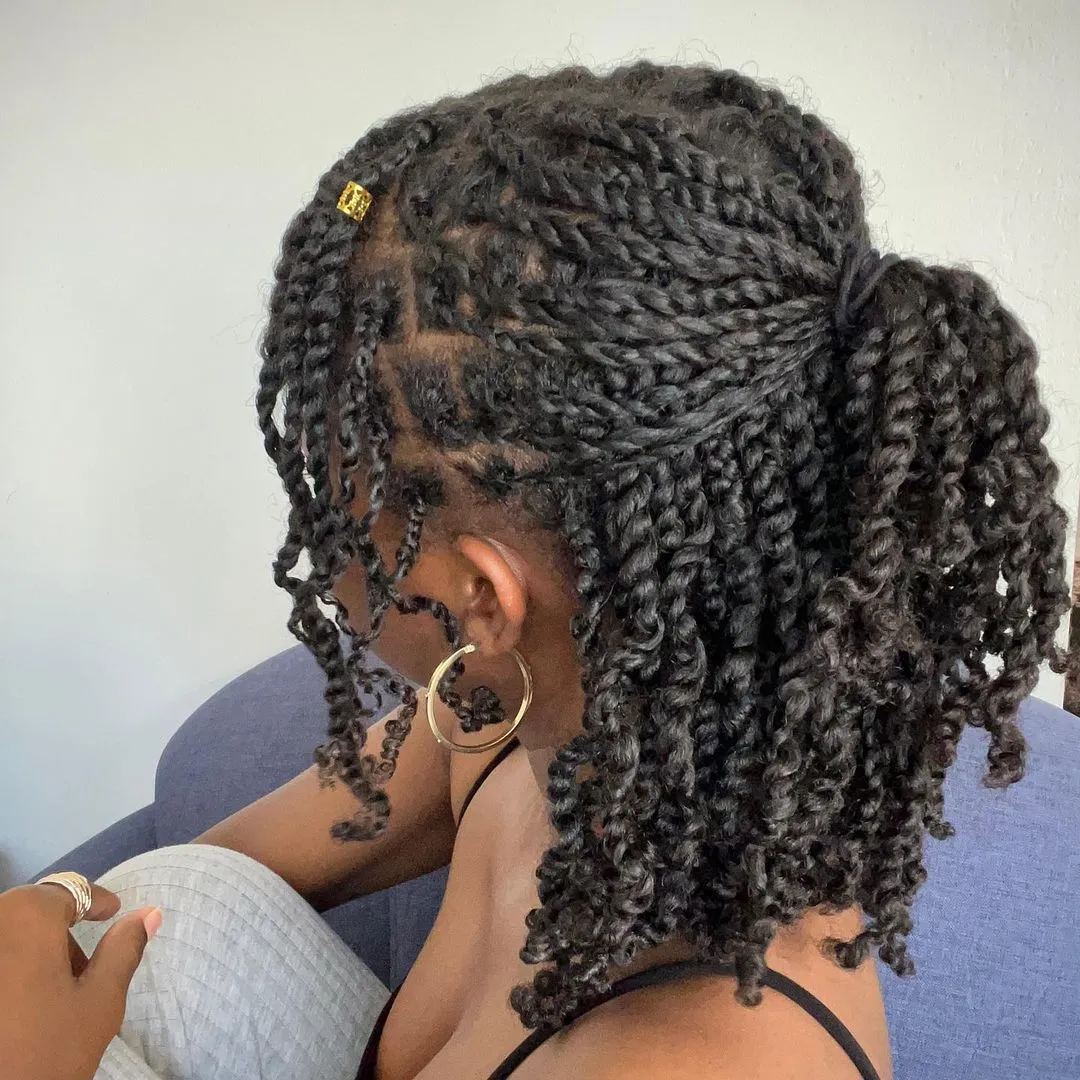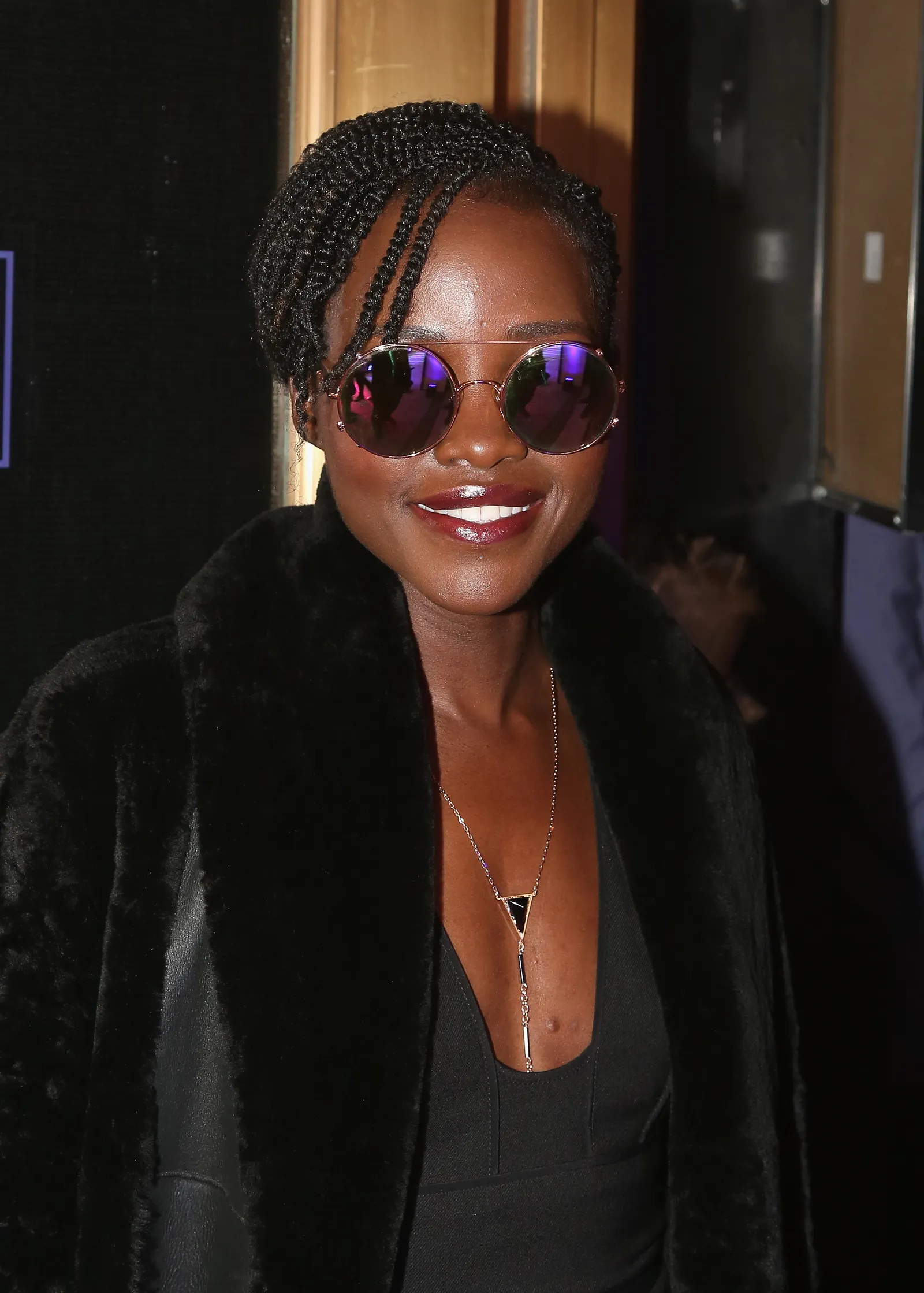The journey of curly hair began before the 20th century. In the 16th century, curly hair was not a hairstyle; rather, it was an accessory for rich Europeans. By the 1970s of the 20th century, curly hair became a symbol of rock culture. The strongest reminder is the madness and strength of rock stars through the Curly Hair hairstyle. To this day, curly hair remains an impressive and unique feature that carries a personal message from its owner. Every curl has its own story, and understanding your unique curl pattern is the first step to unlocking the secrets to beautiful, well-defined curls
Let’s take a look at the different types of curly hair and discover the tips and tricks that make each type shine.
How to find your hair type
The general rule for hair types divides them into four main categories: straight, wavy, curly, and coily or kinky. Each category represents a unique expression of individuality, contributing to the diverse beauty of hair textures worldwide.

Determining your curl type can help you choose the right hair care products and techniques for your hair. After washing hair with a gentle shampoo and conditioner, look at your hair in the mirror. Identify the general shape of your curls. Are they loose waves, tight spirals, or somewhere in between? Wavy hair exhibits a gentle S-shaped pattern, adding a touch of natural movement. Curly hair forms distinct, spiral curls that can vary from loose to tight. Coily or kinky hair has a tight, zigzag pattern, creating a voluminous and textured look.
Have you ever pondered whether some individuals are naturally blessed with sleek, straight hair, while others are born with curly and frizzy locks?
According to Rolanda Wilkerson, a Senior Scientific Communication Manager at Procter & Gamble, it all boils down to the shape of our hair follicles. Straight hair emerges from round follicles, while wavy and curly hair is born from oval and twisted oval follicles. The size of the follicle also plays a role—the bigger the follicle, the thicker the hair strand. But wait, there’s more! The chemical bonds in your hair, particularly cysteine, contribute to your curl pattern. In naturally straight hair, cysteine groups are spread out, while in wavy and curly hair, they’re closer and bond easily, creating those gorgeous curls we love. So, whether it’s the follicle shape or the chemical magic, it’s all a delightful dance between your hair and nature.
Different types of curls
Type 2 (Wavy)
Type 2 wavy hair, often referred to as the ‘sweet spot’ of the hair spectrum, lies gracefully between the sleekness of straight hair and the voluminous allure of curls. Its captivating waves, resembling the gentle ripples of a tranquil lake, add a touch of effortless elegance to any hairstyle.
Type 2A
2A waves, often described as “S-waves” or “beach waves,” exude a carefree vibe that is both stylish and effortless. Their large diameter, typically around 2-3 inches, allows them to cascade down the hair shaft with effortless grace, creating a look that is both sophisticated and playful.

Type 2B
2B waves, characterized by their tighter coils and increased definition, add a touch of vibrancy and energy to any hairstyle. Their defined S-shaped patterns, with a diameter of approximately 1.5-2 inches, exude an air of confidence and individuality. These waves are not afraid to stand out, adding volume and personality to every strand.

Type 2C
2C curls, the tightest and most defined of the type 2 wavy hair family, embody the essence of natural beauty. Their intricate S-shaped coils, with a diameter between 0.5-1.5 inches, resemble delicate springs, packed with bounce and resilience. 2c curls are not easily tamed, but their untamed nature is what makes them so captivating. They embrace their unique texture, adding a touch of wildness to any style.

Type 3 (Curly)
Type 3 curly hair, a masterpiece of nature’s intricate artistry, epitomizes the beauty and versatility of curls. Its defined coils, ranging from the loose S-waves of 3a curls to the tightly coiled springs of 3c curls, exude a captivating vibrancy and untamed energy that sets it apart from other hair types.
Type 3A
3A hair, often deemed the epitome of the perfect curl, radiates a whimsical charm that adds a touch of effortless grace to any style. With a generous diameter and a penchant for freedom, 3A curls create a visual symphony that captivates and inspires. Embracing the versatility of this curl type means stepping into a world where each strand holds the promise of a unique and beautiful story, reminding us that the beauty of 3A curls lies not only in their form but in the joyful spirit they bring to every curl.

Type 3B
These curls, tighter and more defined, mirror the circumference of a marker, creating a symphony of springy elegance. The allure of 3B curls lies in their vivacious personality, akin to a dance of tightly woven coils that seem to have a rhythm all their own. This hair type exudes an irresistible charm, transforming every strand into a work of art that radiates confidence and individuality. Embrace the inherent vivacity of 3B curls, for they are not just a texture but a celebration of the dynamic beauty that naturally unfolds with each twist and turn.

Type 3C
3C hair exudes an inherent elegance, offering a visual masterpiece that reflects strength and resilience. With a unique pattern that weaves a story of individuality, 3C curls are a celebration of natural beauty at its most intricate. Embrace the coily charm of 3C curls, for they are not just strands; they are a canvas of self-expression and a living work of art, each coil telling a tale of resilience, beauty, and the extraordinary journey of textured curls.

Type 4 (Kinky)
Type 4 hair, in its diverse forms, is a celebration of nature’s boldest and most resilient artistry. Each coil pattern, from the springy coils of 4a hair to the densely packed zigs and zags of 4c hair, possesses its own unique charm and contributes to the rich tapestry of curly hair.
Type 4A
4A hair is a celebration of natural strength and individuality, with each coil standing as a testament to the rich diversity within textured hair. The tight coils of 4A hair create a striking visual tapestry, embodying a journey of self-love and embracing one’s roots. In every curl, there’s a story of resilience, pride, and the beauty that blooms when authenticity is embraced. Embrace the rich, coily magic of 4A hair, for it is more than a texture—it’s a testament to the unique and radiant tapestry of natural beauty.
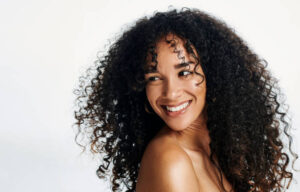
Type 4B
With a unique curl pattern resembling a spring’s coil, 4B hair stands as a testament to the artistry of natural texture. The beauty of 4B coily hair lies in its ability to defy gravity, creating a crown of voluminous coils that tell a story of pride and authenticity. Embrace the extraordinary texture of 4B hair, for within each coil, there is a narrative of individuality, resilience, and the radiant beauty that unfolds when curls are celebrated as a work of art.

Type 4C
4C hair, characterized by its tightly coiled structure, showcases a regal crown of curls that tell a powerful story of strength and self-love. Embracing the tight coils of 4C hair is an affirmation of authenticity, a journey where each coil represents the beauty that blossoms when diversity is celebrated. In every twist and turn, 4C hair is a living work of art, radiating a majestic charm that invites admiration and respect.
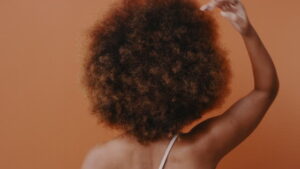
Best hair products for curly hair
Rizos Curls Hydrating Shampoo: This product is ideal for curly hair, being sulfate-free with a low pH. Enriched with shea butter, coconut oil, and honey, it nourishes and prevents frizz.
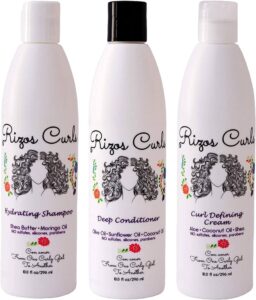
SheaMoisture Coconut & Hibiscus Curl & Shine Shampoo: This shampoo is devoid of sulfates and silicones, enriched with nourishing coconut oil and hibiscus extract. Experience the result of soft, glossy, and well-defined curls after use.
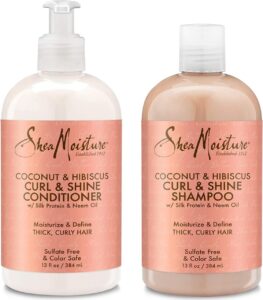
Aveda Be Curly Shampoo: Crafted to enhance curl definition and minimize frizz, this shampoo features a blend of wheat protein and agave nectar. Together, they collaborate to moisturize and nourish your hair for a beautifully conditioned look.

Rizos Curls Deep Conditioner is designed to repair and strengthen curls. Infused with avocado oil, almond oil, and jojoba oil, it nourishes and moisturizes your hair effectively.

DevaCurl No Poo Conditioner: This is a co-wash, which means that it can be used as both a shampoo and a conditioner. It’s sulfate-free and silicone-free, and it’s packed with moisturizing ingredients like coconut oil and jojoba oil.
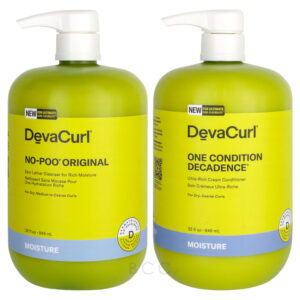
Jessicurl Rock-a-Waves Curl Enhancing Mousse: This mousse is designed to help add volume and definition to curls. It contains aloe vera and sea salt, which work together to hydrate and condition your hair.
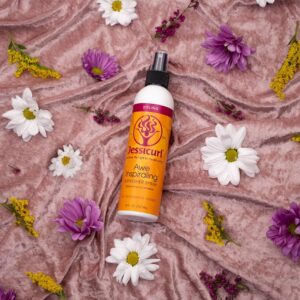
The Dyson Supersonic Hair Dryer is an excellent choice for curly hair, featuring a diffuser attachment for gentle drying without disturbing your curls. Additionally, its cool shot button sets curls and reduces frizz.
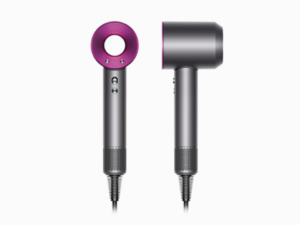
Best brushes for curly hair
Denman D3: This timeless brush is favored for its flexible bristles, providing gentle care for curls. It serves multiple purposes, including detangling, styling, and defining curls.
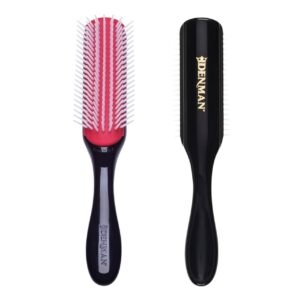
Tangle Teezer: A well-liked choice for curly hair, this brush features gentle, flexible bristles that effortlessly glide through curls without causing pull or breakage.
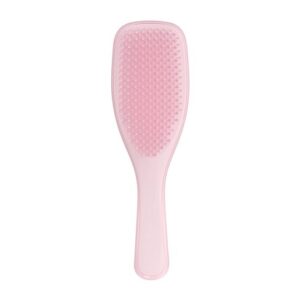
Mason Pearson Junior: While slightly pricier, this brush is a worthwhile investment for those seeking a durable, high-quality option that lasts for years. Its boar bristles are gentle on curls and aid in distributing natural oils across the hair.

FAQ
1. How should I sleep to avoid ruining my curls?
Let’s create loose buns! It’s not just about keeping your hair off your face—it’s also the secret to longer-lasting curls and a bit of extra volume! Pro tip: Use a scrunchie to tie up that bun securely. Sweet dreams and fabulous hair await!
2. How to dry curly hair?
Forget the blow dryer! Try this cool trick: gently “plop” or drop your hair onto a comfy T-shirt or soft microfiber towel. Tie it up at the ends, and let the magic happen—this helps soak up that moisture. The downward plopping motion lets your curls air-dry in their awesome natural pattern. Easy peasy.
3. Why is my wavy hair so frizzy?
Due to its inherent structure, wavy hair tends to be drier compared to other hair types. Consequently, frequent washing can accelerate the drying process, potentially resulting in breakage and frizz.
4. How often should I wash my curly hair?
Loose and curls can be washed two to four times a week. Coily curl types, a weekly co-wash is recommended, with a deep cleanse using shampoo once a month. Tight curls fall in between, requiring shampooing or co-washing every few days to a week. A helpful guideline is to adjust your washing frequency based on how your curls feel. If they seem dry, consider washing less often
5. How can I keep my curly hair healthy and hydrated?
Keep your hair clean by using a mild, sulfate-free shampoo. Weekly, treat your hair to a deep conditioner for added nourishment. Prevent breakage by applying a leave-in conditioner and enhance your curls with a hydrating curl cream. To lock in moisture and maintain your curls, use a diffuser while drying your hair, and finish by applying a nourishing hair oil to dried curls.
Conclusion
Understanding and embracing the characteristics of each curl pattern opens up a world of possibilities for styling. Hairstyles for curly hair becomes a canvas for creativity, allowing individuals to showcase their personality and flair. Whether it’s the carefree elegance of Type 2 waves, the vivacious personality of Type 3 curls, or the regal charm of Type 4 coils, there’s a hairstyle that complements and celebrates the inherent beauty of every curl type. So, let your curls tell their story. Embrace the versatility and authenticity that curly hairstyles offer. Revel in the natural glory of your unique curls.


